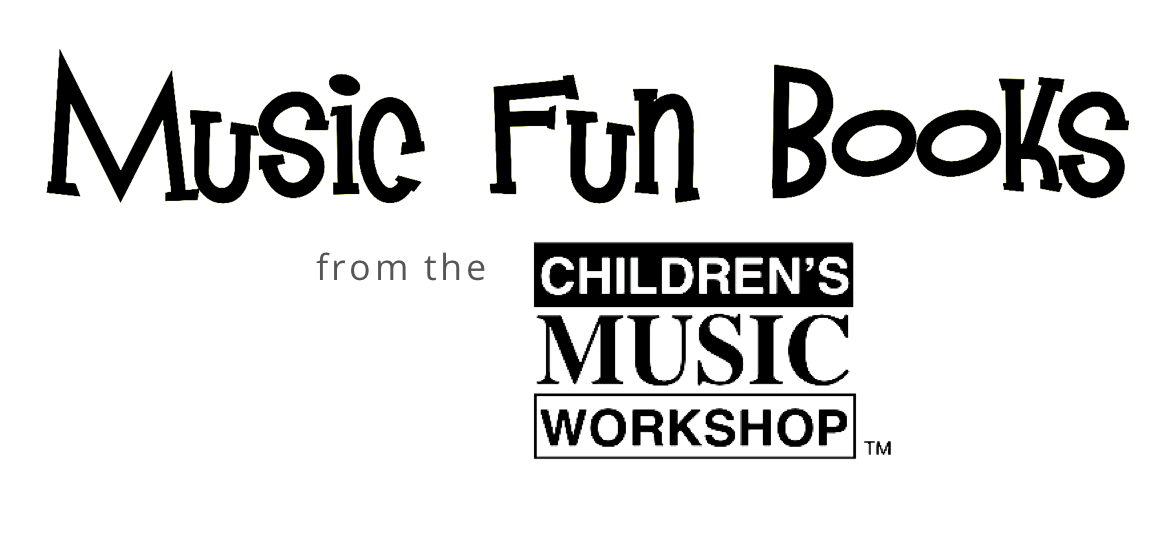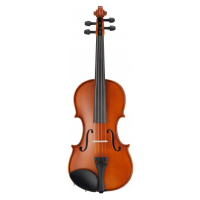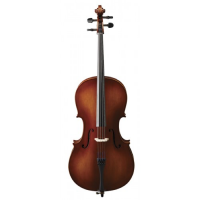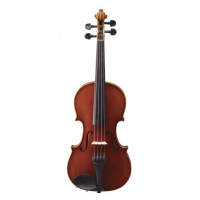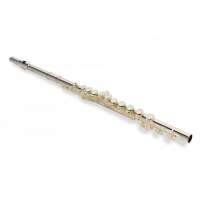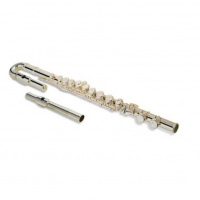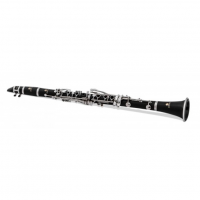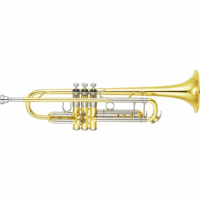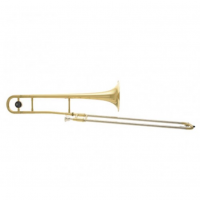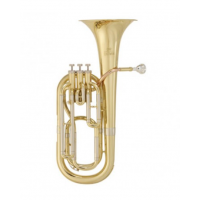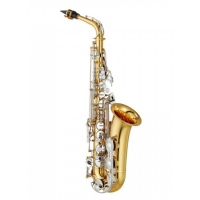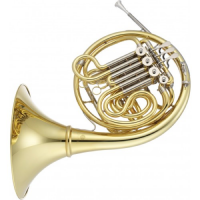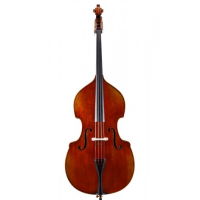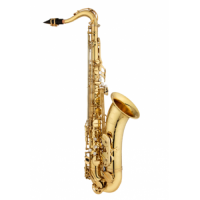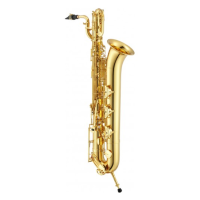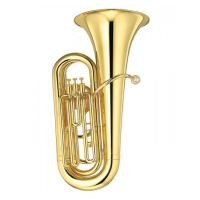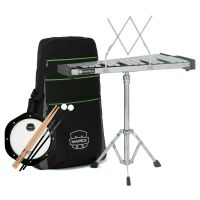History of the Viola

How well do you know the history of the viola?
The viola is probably the oldest of today's main stringed orchestral instruments, predating the cello, violin and string bass. However, it is easily the least familiar of the group.
Part of the reason is because of the mostly supportive role the viola has played in the history of orchestral music, where it typically was used as a harmonic instrument adding harmony notes to chords rather than as a solo or melodic voice. Though many composers appreciated the voice of the viola, they did not give it same scale of solo repertoire as the violin.
The first violas emerged in Italy around the turn of the 16th century as experimental instruments combining the virtues of previous instruments that were played with a bow. The most important was the viola da braccio, which means "viola played in the arm."
The first actual visual evidence that we have of the viola is one that is painted into a famous fresco in the Santuario di Saronno's dome near Milan, along with a number of period instruments that fit the criteria for the violin family. The fresco dates to the 1530s, but we clearly see angels bowing away on instruments shaped roughly like modern violin family instruments with f holes, four strings and lovely scrolls. The one that looks most like a viola is beautifully painted around the ribs with gold accents.
There were two primary luthiers who produced the first violas like our modern versions: Gaspare da Salo of the Brescia region and Andrea Amati of the Cremona region. Both of these gifted instrument makers were born in the first half of the 16th century and brought great fame to their home cities with their innovations. Amati was a favorite of the King of France, Charles IX, who asked him to build over 30 violas for his own royal musicians in the 1570s. Fortunately, examples from both their instrument shops have been preserved.
At this time, instrument makers were experimenting with all manner of stringed instruments, trying to find the optimal combination of tone, size, shape and range to compliment the current trends in orchestra and court music. The question of whether the violin or viola predated the other has been hotly contested. However, some linguists argue that the construction of the word viola, which is used in the Italian names for all the string section instruments, could be an important clue. Violin and violoncello (the Italian for "cello") are both rooted in the word "viola." Since the viola is considered the master instrument name, it follows that the other instruments were later inventions that were based on the viola. But no one knows for sure.
Gradually, the ranges of the string section began to mirror the ranges of the human voice: bass was the cello, alto and tenor were the viola and the soprano was the violin. Because the viola covered more than one range, violas typically outnumbered the other instrument types in small groups.
During the late 1700s, there was a revolution in string tension as luthiers discovered ways to string instruments with higher tension. The Tourte bow was introduced which allowed greater expression by the violist and increased ability to play legato lines well. At this time, Mozart was a big fan of the viola and an accomplished player in his own right. While he did not use the viola prominently in his orchestra compositions, he did feature it in his chamber music compositions.
Violin virtuoso Nicolò Paganini was also an admirer of the viola and penned his own virtuosic piece for himself called the Sonata for Grand'Viola and orchestra. It included two trios and a guitar quartet with a featured part for the viola.
Over time, innovations in acoustic theory have allowed luthiers to expand the size of the viola while shortening its length to make them easier to play without sacrificing the traditional chocolaty viola tone. The neck, fingerboard, bridge and strings have all seen intensive study and improvement over the years.
The viola is generally considered to have reached something close to its modern form in the 1600s and early 1700s, but experimentation continues to this day. For example, in the 1930s luthier Arthur Richardson and player Lionel Tertis set out to consolidate all the best parts of their favorite viola designs into an instrument that was ideal in every way, including a full tone and a smaller size. The Tertis viola is still highly respected today.
Famous Viola Players
The viola is primarily an orchestral and chamber music instrument, but it is also heard in jazz, folk, rock and pop music as well.
Famous classical viola players include Lionel Tertis, Paul Hindemith, Walter Trampler, Theophile Laforge, Vadim Borisovsky, Cecil Aronowitz, Maurice Vieux, Lillian Fuchs, William Primrose, Frederick Riddle and Ernst Wallfisch.
Well known jazz viola players include Leroy Jenkins, Mat Maneri and Will Taylor.
Rock/pop bands that have used the viola include John Cale, The Who, The Cure, The Beatles, Van Morrison, 10,000 Maniacs, John & Mary and others.
In folk music, Mary Ramsey, Helen Bell, Nancy Kerr and others have used the viola in their work.








